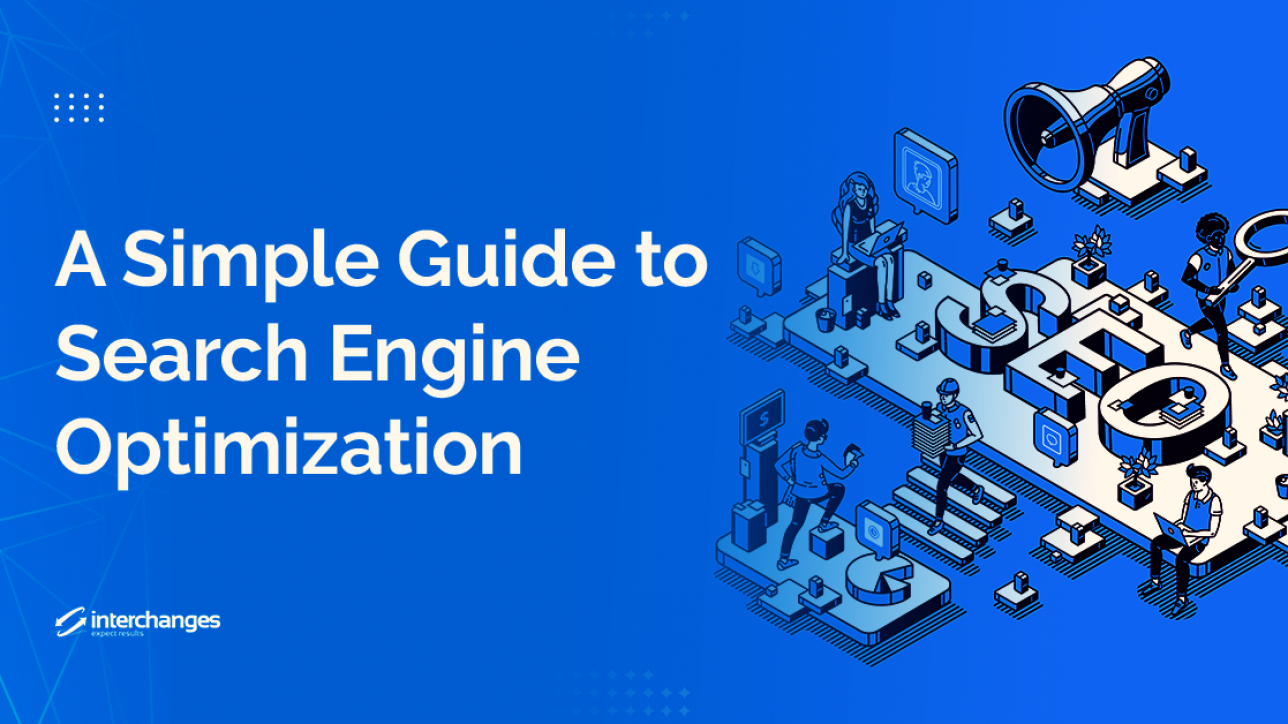What is the average load time for the pages on your website? Is your website structure leading to a high percentage bounce rate? Is your website producing high quality traffic? Don’t know the answer to any of these questions? We’re here to help with a simple guide to search engine optimization.
When it comes to search engine optimization (SEO), it can appear intimidating or overwhelming due to its highly technical, always-changing nature. It is one of those things that everyone with a website knows they need to do, but no one is completely sure if they are doing it right.
If you were to ask your web developer, he or she would tell you SEO has to do with the design of your website.
If you were to ask your copywriter, he or she would tell you it has to do with the content on the page.
In a sense, each party is correct, but there is so much more that goes into having a website that is optimized for the search engines.
The truth is, unless you have an experienced in-house SEO team or hire an outsourced digital marketing agency to help you out, organic SEO can be quite difficult to master on your own.
Here, we’ll try to outline a few of the basics to help you gain a better understanding. Let’s start from the top.
What is SEO?
SEO stands for search engine optimization. It is the process of obtaining a natural placement on search engine results pages.
Unlike paid search, where a website owner will pay an advertising fee to have their search results shown in the top placement on search engine results pages, organic search often takes a little longer to see results but ultimately has a greater long-term impact.
Methods such as keyword optimization, backlinking and adding high-quality, unique content to your site all contribute to a site’s organic search engine page rankings.
Factors Limiting the Effectiveness of SEO
Two tactics commonly overlooked when it comes to SEO are decreasing page load times and simplifying the structure of your website.
The idea of having a beautiful website with pages full of rich images and videos might be what you consider the ultimate dream, but for the visitor, it can quickly become the nightmare of infinite loading and time-outs. In fact, 40 percent of people abandon a website that takes more than three seconds to load.
Making it all the more important to build a site that is keyword optimized and has a clean internal structure.
When people constantly abandon, or bounce back to Google from a slow loading site, Google eventually picks up that the site may not be the best answer to the search query and will penalize slow and hard-to-navigate sites.
3 Steps to Achieve SEO
The primary goal of any SEO campaign is to optimize the site structure. This is usually done through on-page and off-page tactics. This allows for Google and website visitors alike to find exactly what they’re looking for in just a few clicks. Here are three steps to give your SEO campaign the best chance to succeed:
Site Optimization
Send Google the right signals when indexing your site by properly tagging pages and posts with relevant keywords. Including relevant keywords in pages titles, meta descriptions and ALT tags are all elements of organic SEO success.
Unique Content
Writing compelling content always wins out when it comes to SEO. Utilize your abundance of industry knowledge to produce fresh content and attract high-quality visitors to your site.
Distribute & Engage
Share your unique content via your blog and social media channels and always look for new influential places and people who can share your links. This will help build a network of backlinks that will eventually boost your organic rankings.
Not showing up on the first page of Google? Need help optimizing your website? Contact us today to learn more about search engine optimization.

